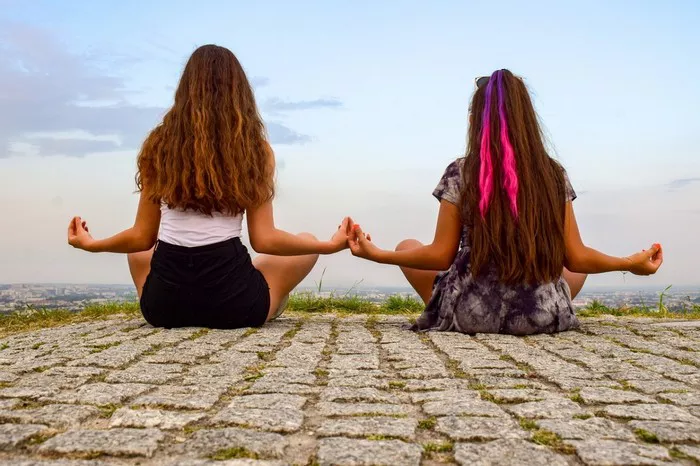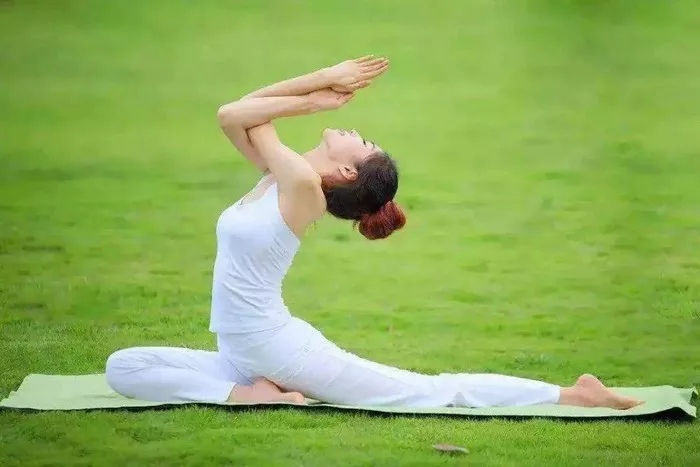Yoga, an ancient practice that has captivated minds and bodies for centuries, holds within its depths a rich tapestry of history, culture, and spirituality. As modern practitioners seek to deepen their understanding of this holistic discipline, there arises a natural curiosity about its origins. Among the myriad of yoga styles prevalent today, tracing back to the oldest form offers a glimpse into the timeless wisdom that continues to resonate through the ages.
The Genesis of Yoga: A Journey Through Time
To comprehend the oldest form of yoga, one must embark on a journey through the annals of history, traversing the landscapes of ancient India. Yoga, derived from the Sanskrit word “Yuj,” meaning to unite or yoke, finds its earliest mentions in sacred texts dating back thousands of years. The Rigveda, one of the oldest scriptures of Hinduism, contains hymns praising the divine union facilitated by yoga.
While the precise origins of yoga remain shrouded in antiquity, it is widely believed to have emerged during the Vedic period, which spanned from approximately 1500 to 500 BCE. This era saw the development of various philosophical and spiritual schools, laying the groundwork for yogic principles to take root.
The Oldest Path: Vedic Yoga
Within the vast expanse of Vedic literature lies the foundational teachings of what can be considered the oldest form of yoga: Vedic Yoga. Rooted in the religious practices of ancient India, Vedic Yoga was deeply intertwined with rituals, sacrifices, and hymns dedicated to the pantheon of Vedic deities.
At its core, Vedic Yoga aimed to harmonize the individual with the cosmic order, known as Ṛta. Through the performance of rituals and the cultivation of inner virtues such as austerity (tapas) and truthfulness (satya), practitioners sought to attain spiritual elevation and cosmic alignment.
Exploring the Vedas: The Yogic Threads
While the Rigveda provides glimpses into the philosophical underpinnings of yoga, it is in the later Vedic texts that more explicit references to yogic practices emerge. The Yajurveda, Samaveda, and Atharvaveda collectively shed light on the multifaceted nature of Vedic Yoga.
The Yajurveda, in particular, delineates various sacrificial rites accompanied by breath control (pranayama) and meditation, laying the groundwork for what would later evolve into integral components of yogic practice. The Samaveda, with its emphasis on chants and melodies, underscores the role of sound vibrations (nada yoga) in facilitating spiritual transcendence. Meanwhile, the Atharvaveda delves into the healing aspects of yoga, prescribing herbal remedies and therapeutic practices to restore balance to the body and mind.
The Sage and the Seeker: The Guru-Shishya Tradition
Central to the transmission of Vedic knowledge, including yoga, was the revered Guru-Shishya tradition. This sacred bond between teacher and disciple fostered an intimate exchange of wisdom, wherein the guru imparted not only knowledge but also spiritual guidance and moral precepts.
Renowned sages such as Patanjali, Kapila, and Vyasa are credited with elucidating the philosophical foundations of yoga in texts like the Yoga Sutras, Samkhya Karika, and Brahma Sutras, respectively. Their insights served to codify and systematize the diverse strands of yogic thought, laying a solid foundation for subsequent generations of practitioners.
Legacy of the Ancients: Rediscovering Vedic Yoga
In the modern era, as yoga proliferates across the globe, there is a growing interest in rediscovering the ancient roots of this profound discipline. While contemporary yoga styles may vary widely in their approaches and methodologies, they all trace their lineage back to the timeless wisdom encapsulated in Vedic Yoga.
By delving into the oldest form of yoga, practitioners can glean insights into the perennial truths that underpin this transformative practice. Whether through the study of ancient texts, the exploration of traditional teachings, or the immersion in spiritual practices, the legacy of Vedic Yoga continues to inspire and guide seekers on their journey toward self-realization and inner harmony.
Conclusion
As we navigate the complexities of the modern world, the ancient wisdom of yoga serves as a beacon of light, illuminating the path to self-discovery and spiritual fulfillment. In honoring the oldest form of yoga, we pay homage to the sages and seers of antiquity who, through their profound insights and unwavering devotion, bequeathed unto us a timeless legacy.
As we tread in their footsteps, may we remain steadfast in our commitment to uphold the essence of yoga – union with the divine, harmony with nature, and liberation of the soul. For in embracing the oldest form of yoga, we embrace the eternal truths that transcend time and space, guiding us ever closer to the realization of our true selves.
FAQs:
How old is Hatha Yoga?
Hatha Yoga originated around the 11th century CE, evolving from earlier yogic traditions.
Who first invented yoga?
The origins of yoga are complex and multifaceted, dating back thousands of years. It is believed to have been developed by ancient sages and seers in the Indus Valley region of India.
Is yoga older than Buddhism?
Yes, yoga predates Buddhism. While the exact origins of yoga are debated, it is believed to have emerged thousands of years ago in ancient India, while Buddhism began around the 6th century BCE.
Should Christians do yoga?
Whether Christians should practice yoga is a matter of personal belief and interpretation. Some Christians see no conflict with yoga as a physical and mental exercise, while others may have concerns about its spiritual aspects conflicting with their faith. It ultimately depends on individual convictions and how yoga is approached and practiced.




















